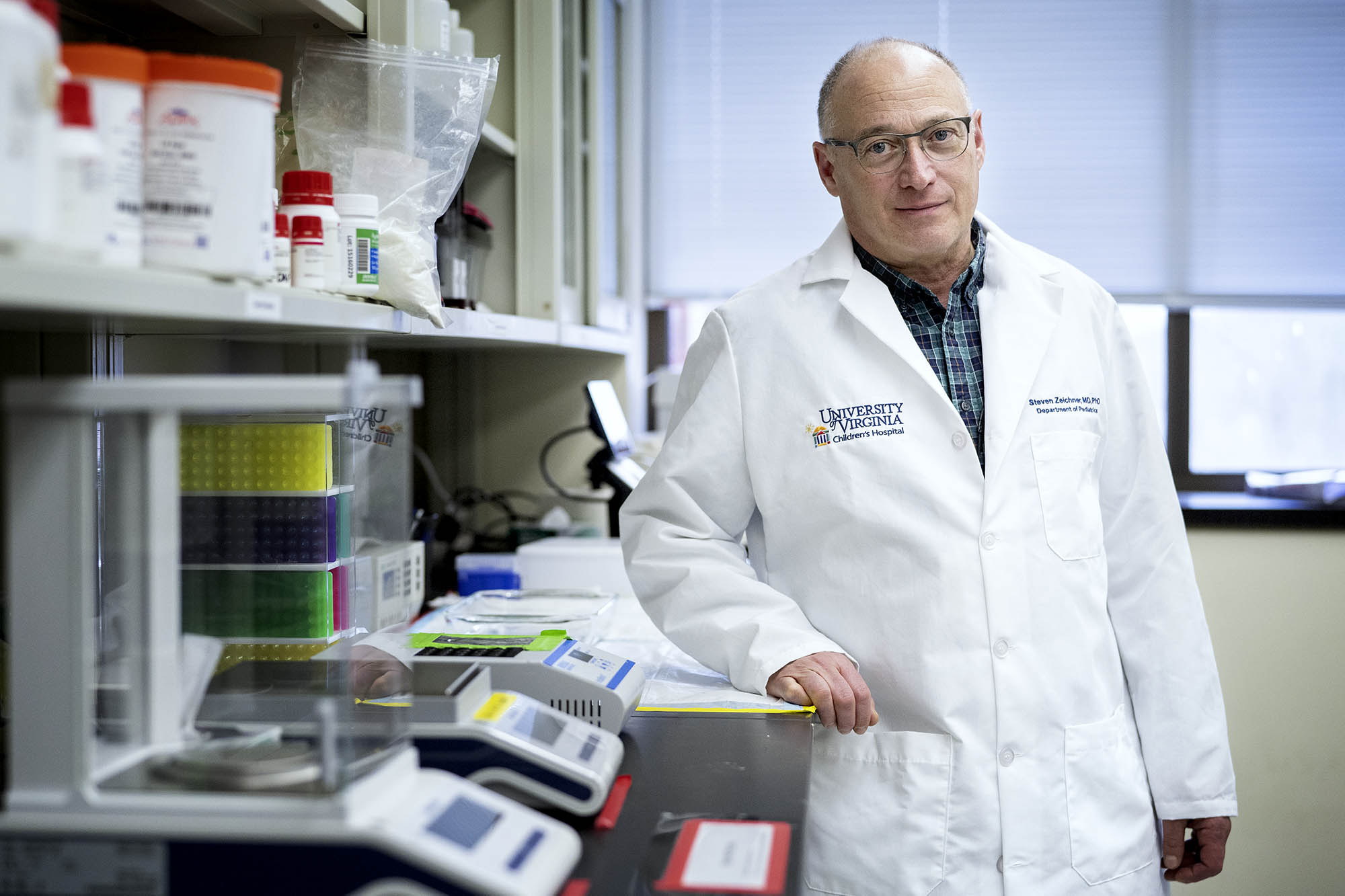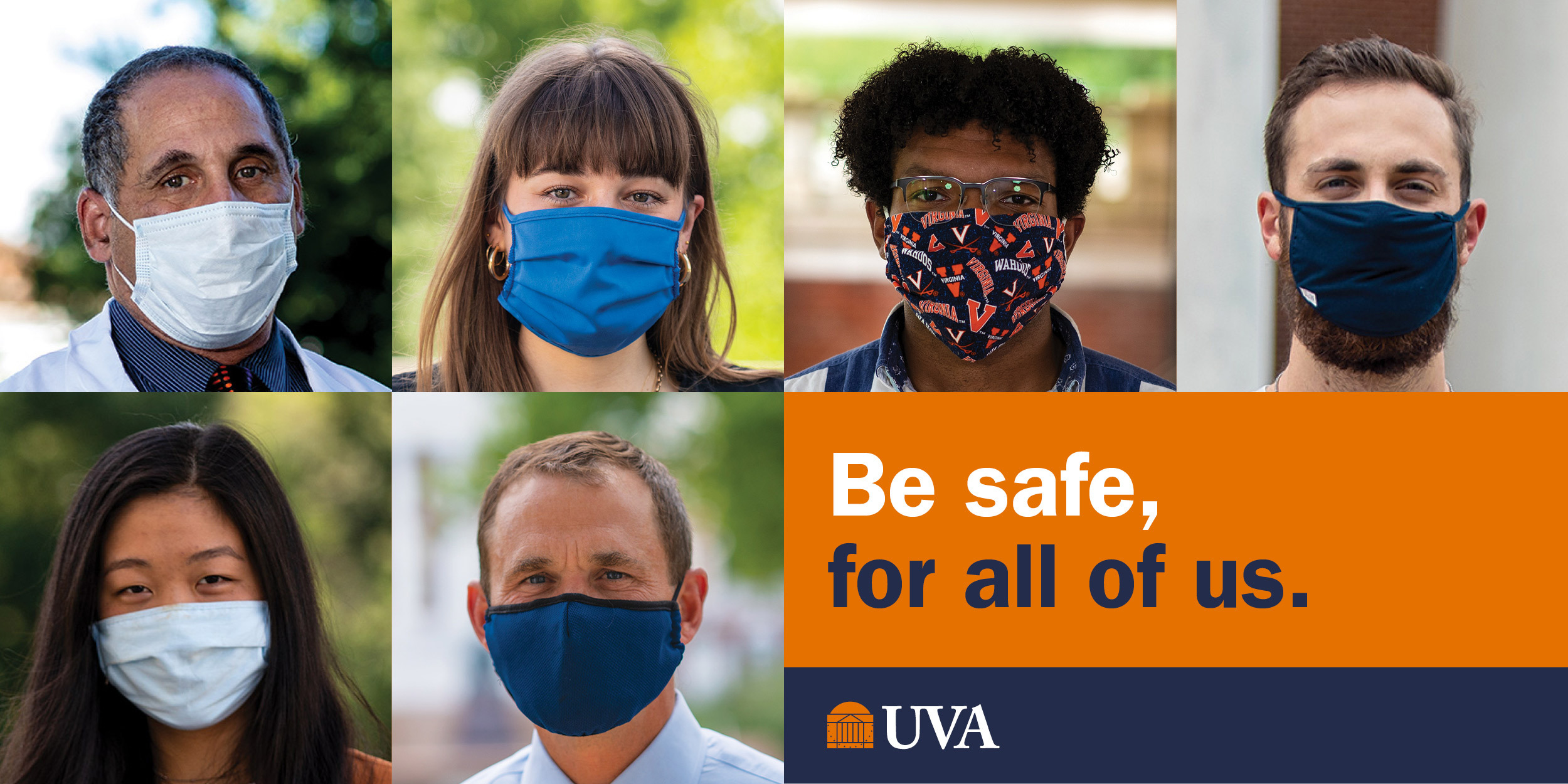As the COVID-19 pandemic continues its hold on the world, researchers are racing at “warp speed” to develop safe and effective vaccines. Several Phase III clinical trials are underway, and tens of thousands of study participants have received candidate vaccines.
But last week, the pharmaceutical company AstraZeneca paused a clinical trial for its COVID-19 candidate vaccine after a study participant experienced spinal inflammation. Following a safety review, the company resumed the trial. That brief pause demonstrates – as many scientists have been saying – that vaccine development and trialing is a difficult and time-consuming process that can be accelerated, but not rushed.
Dr. Steven Zeichner, a University of Virginia infectious diseases researcher who is working on a COVID-19 vaccine, discusses here the challenges of rapid vaccine development and what to possibly expect once approved vaccines become available.
Q. Do you think the worldwide effort to quickly develop COVID-19 vaccines is being properly conducted?
A. Well, I hope so. I know we need to follow what the science tells us about each potential vaccine. I think any promise that a particular vaccine is going to be available by a certain date is unwise in the extreme. Vaccine development is very hard, and historically it’s taken a long time to develop each vaccine. The record so far is four years, for the mumps vaccine. That was back in the 1960s. Biomedical technology has advanced tremendously since then, but vaccine development remains a challenging enterprise. There often are stumbling blocks along the way to developing a safe and effective vaccine, and any suggestion that this can be done without much difficulty is a disservice to the vaccine development effort at large. Scientists have been trying to develop an HIV vaccine for 30 years, so far without success.

Dr. Steven Zeichner is a professor of pediatrics, infectious diseases specialist and researcher. (Photo by Sanjay Suchak, University Communications)
It is very important that we get a COVID-19 vaccine done and approved as quickly as possible, but it must be done carefully and properly, and that takes time. If a vaccine is rushed out too soon, before it is conclusively shown to be safe and effective, that would, in the long run, do much more harm than good for the effort to vaccinate people not only for COVID-19, but for other infectious diseases, for which we have many long-established, safe and effective vaccines.
Q. What are the steps involved in vaccine development?
A. The development of any vaccine proceeds classically in four steps. First is the pre-clinical work where a company develops a candidate vaccine in the lab, and tests it in cell culture and in animals to see whether the vaccine can elicit an immune response that can neutralize the virus. The next step is a Phase I study, where the vaccine is given to a small number of people, and those people are followed closely to make sure they don’t experience any toxicity and that the vaccine induces an immune response likely to be protective. A Phase II study is then conducted with a larger population to confirm the results from the Phase I study. If all of that looks good, then the investigators move to a Phase III study, where a large number of patients are given the vaccine and then evaluated to see if the vaccine is effective in preventing the disease with few side effects. If all goes well, the vaccine then could be approved in the U.S. by the Food and Drug Administration.
Several potential COVID-19 vaccines are currently in Phase III trials.
Q. Once a vaccine is approved by the FDA, who would get it first, and how would it eventually be administered to the rest of the population?
A. It is very unlikely that a vaccine will be available for everyone right away. We have to recognize that even if we rapidly develop a perfect, safe, and effective vaccine – which is not necessarily certain – it will not initially be widely available. We don’t know yet how many doses will be needed for an effective immune response. Sometimes you need two or even three doses. So, if a company is promising to have 100 million doses of a vaccine available by, say, the end of 2021, but you need two doses, then only 50 million people can be vaccinated at that time. We have 330 million people in the U.S.

It has been suggested that the people who are most at risk of getting infected and spreading disease should get the vaccine first – so, first-responders, health care workers, grocery store workers, bus drivers, teachers and child care workers – people who are in daily contact with other people while keeping society running. After those groups, then possibly people with underlying medical conditions and older people would be vaccinated next. The priority list spreads out from there.
Q. In the meantime, people are getting infected. Do you see natural herd immunity as a viable strategy for dealing with this pandemic?
A. Sweden pursued a policy of herd immunity, and they had infection rates and death rates ten times that of its neighbor Norway, which pursued a different pathway. To think that, to obtain herd immunity, we’d be willing to have a death rate and infection rate ten times higher than needed – I find that irresponsible and ethically unacceptable.
Q. So, to get out of this pandemic, we need vaccines, correct?
A. I think to really get back to normal, we’ll need a good vaccine. Some countries have done a great job of controlling the virus by using preventive measures, but the virus comes back if you’re not eternally vigilant. We can do a lot to keep society functioning by wearing masks, practicing social distancing, by doing an intensive program of testing, and isolation. But I think a vaccine is ultimately going to be needed.
And once we have an approved vaccine that is shown in convincing clinical trials to be safe and effective, it’s in everyone’s interest to get vaccinated. A good vaccine will help prevent an individual from getting sick and help prevent that individual from spreading the infection to vulnerable people. If we care about each other, we should consider getting vaccinated.
Q. Will this rapid search for a vaccine become a model for vaccine development in the future, when we face other novel and highly infectious pathogens sweeping across the globe?
A. This certainly is not going to be the last pandemic. In the last several years we’ve seen the original SARS, we’ve seen MERS, Zika, and Ebola, so nature is going to throw new diseases at us with some regularity. I think warp speed is a potential model, but once this is over, we need to think clearly about what kinds of technologies, processes, and capabilities we want to have built up and held in reserve for the next pandemic.
Over the last several years we’ve had some severe cutbacks in funding for the public health infrastructure in the U.S., and we’ve seen continuing attempts at some significant cuts in funding for the CDC, which deploys forward to try to detect new pandemics. We need to put more resources into those types of things, not less. It’s also important to respect and support the scientists, doctors, and everyone else working to advance public health, and to provide an environment in which people with the skills and the talent are motivated to participate. Many excellent people have left the CDC in the last few years, and that is not a good situation if you want to have an infrastructure that is capable of dealing with pandemics and other public health crises.
Media Contact
Article Information
September 14, 2020
/content/qa-dr-steven-zeichner-how-soon-we-should-expect-covid-19-vaccines

